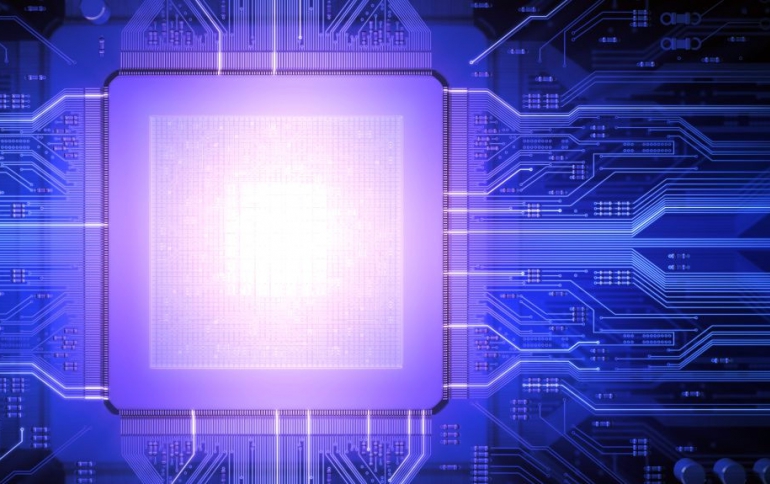
Researchers Use Light to Generate Terahertz-class Currents
Researchers have managed to generate directed currents at terahertz (THz) frequencies, much higher than the clock rates of current electronics.
The absorption of light in semiconductor crystals without inversion symmetry can generate electric currents. Researchers at the Max Born Institute have now generated directed currents at terahertz frequencies. The showed that electronic charge transfer between neighboring atoms in the crystal lattice represents the underlying mechanism.
The researchers have investigated optically induced shift currents in the semiconductor gallium arsenide (GaAs) for the first time on ultrafast time scales down to 50 femtoseconds (1 fs = 10 to the power of -15 seconds). Using ultrashort, intense light pulses from the near infrared (λ = 900 nm) to the visible (λ= 650 nm, orange color), they generated shift currents in GaAs which oscillate and, thus, emit terahertz radiation with a bandwidth up to 20 THz. The properties of these currents and the underlying electron motions are fully reflected in the emitted THz waves which are detected in amplitude and phase. The THz radiation shows that the ultrashort current bursts of rectified light contain frequencies which are 5000 times higher than the highest clock rate of modern computer technology.
The smallest unit of a crystal is the so-called unit cell, a well-defined arrangement of atoms determined by chemical bonds. The unit cell of the prototype semiconductor GaAs represents an arrangement of Ga and As atoms without a center of inversion. In the ground state of the crystal represented by the electronic valence band, the valence electrons are concentrated on the bonds between the Ga and the As atoms. Upon absorption of near-infrared or visible light, an electron is promoted from the valence band to the next higher band, the conduction band. In the new state, the electron charge is shifted towards the Ga atoms. This charge transfer corresponds to a local electric current, the interband or shift current, which is fundamentally different from the electron motions in intraband currents.
Until recently, there has been a controversial debate among theoreticians whether the experimentally observed photo-induced currents are due to intraband or interband motions.
The German researchers claim that the properties of the shift currents they observed definitely exclude an intraband motion of electrons or holes.
The process is operative within each unit cell of the crystal, i.e., on a sub-nanometer length scale, and causes the rectification of the optical field. The researchers claim that the effect can be exploited at even higher frequencies, offering novel interesting applications in high frequency electronics, which lead to the development of computers that are much faster than the existing ones.













